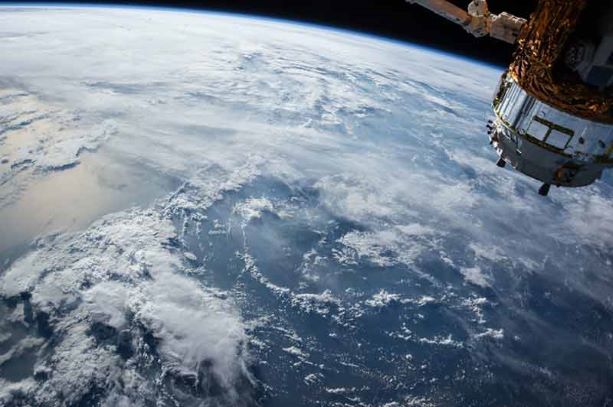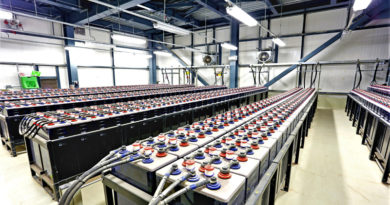Now Satellites & AI Combine To Track Pollution from Power Plants
Technologies like satellite imagery and artificial intelligence will combine forces to track air pollutions and emissions from power plants worldwide and make it public…

A nonprofit artificial intelligence firm called WattTime is going to use satellite imagery to precisely track the air pollution (including carbon emissions) coming out of every single power plant in the world, in real time. And it’s going to make the data public.
While others like Bloomberg Philanthropies also has similar plans of tracking emissions from industries, the development is good news as the system promises to effectively eliminate poor monitoring and gaming of emissions data. And it won’t just be regulators and politicians who see this data; it will be the public too.
“Far too many power companies worldwide currently shroud their pollution in secrecy. But through the growing power of AI, our little coalition of nonprofits is about to lift that veil all over the world, all at once,” said Gavin McCormick, executive director of WattTime. “To think that today a little team like ours can use emerging AI remote sensing techniques to hold every powerful polluter worldwide accountable is pretty incredible. But what I really love about better data is how it puts most companies, governments, and environmentalists on the same side. We’ve been thrilled to see how many responsible, forward-thinking groups have started using advanced data to voluntarily slash emissions without anyone making them.”
This means no hiding from the public purview. And when it comes to environmental enforcement, the public can be more terrifying and punitive than any regulator. Now, any citizen group in the world can go online and pull up a list of the dirtiest power plants in their area, it eliminates one of the great informational barriers to citizen action.
While in India, ministers continue to deny the ill effects air pollutions have on human mortality, the freely available public data may help us, the common man, to force open the eyes of deniers. The latest State of Global Air report, puts air pollution as the fifth greatest global mortality risk. It causes 5 million early deaths and 147 million years of healthy life lost, every year, and the countries building the most power plants are experiencing the most air pollution. Their citizens have the most on the line. And now they’ll be armed with information.
Eyes In the sky to spy All Power Plant Pollution
The plan is to use data from satellites that make theirs publicly available (like the European Union’s Copernicus network and the US Landsat network), as well as data from a few private companies that charge for their data (like Digital Globe). The data will come from a variety of sensors operating at different wavelengths, including thermal infrared that can detect heat.
The images will be processed by various algorithms to detect signs of emissions. It has already been demonstrated that a great deal of pollution can be tracked simply by identifying visible smoke. WattTime says it can also use infrared imaging to identify heat from smokestack plumes or cooling-water discharge. Sensors that can directly track NO2 emissions are in development, according to WattTime executive director Gavin McCormick.
Between visible smoke, heat, and NO2, WattTime will be able to derive exact, real-time emissions information, including information on carbon emissions, for every power plant in the world. (McCormick says the data may also be used to derive information about water pollutants like nitrates or mercury.)
Google.org, Google’s philanthropic wing, is getting the project off the ground with a $1.7 million grant; it was selected through the Google AI Impact Challenge. WattTime is partnering with Carbon Tracker, a think tank that’s done previous work with satellite imagery, using it for financial analysis of power plants and the World Resources Institute, which operates the world’s most comprehensive Global Database of Power Plants.
The company currently collecting data and working with partners who will put the information to use. If nothing else, the biggest polluters, and the biggest cheaters, will be exposed. No company, no country, will be able to hide or fudge its numbers. The public will know how to find them.
Image Courtesy: OpenGov Asia




